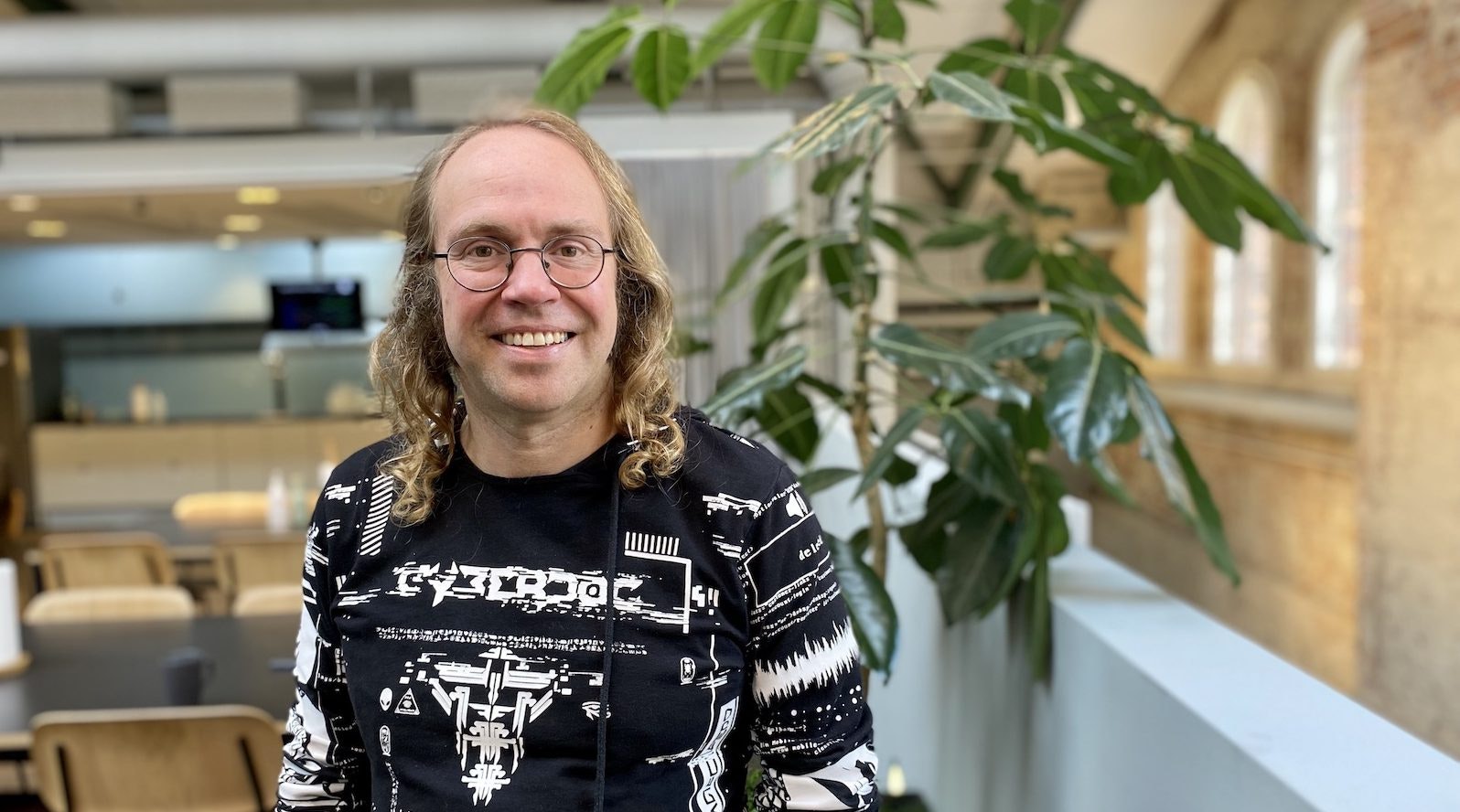Nuclear energy is hot again. Amid an energy crisis spurred on by the twin crises of climate change and Russia's war in Ukraine, countries are looking for new ways to power their homes and factories. And sometimes, that means looking backwards as well as forwards.
Across the globe, companies are hoping to usher in a new generation of nuclear energy with the small modular reactors (SMRs) they're developing. Much smaller and cheaper to build than traditional nuclear power plants, startups hope that they could prompt a renaissance of emissions-free nuclear energy in Europe.
Most use water as a cooling agent, but Sweden’s Leadcold is using liquid lead. This needs less space and — crucially — creates more nuclear fuel than it uses up in its reactor, making it a renewable source of energy.
Leadcold has a very ambitious goal — to have its first reactor ready for commercial use in 2030. Last week it got a step closer to achieving it, as it announced plans for a demonstration of its SMR.
Lead instead of water
SMRs have several benefits over traditional nuclear reactors: they can be built en masse, are way smaller and use new technology so they’re cheaper to put together.
The downside: a traditional nuclear reactor has a 1GW capacity, enough to power around 750k homes, while an SMR developed by Leadcold would produce about 55MW — or just over 5% of a big reactor's output.
Still, Leadcold’s SMR’s size — it measures 5x5 metres — makes it perfect as a backup for “green” industry giants when supplies of wind, water or sunlight run low.
Leadcold’s founders — Janne Wallenius, Jesper Ejenstam and Peter Szakalos — are also convinced that using lead as a cooling agent has benefits over water. They're not completely alone — UK-based nuclear startup NewCleo also uses lead as a coolant.

Leadcold’s SMRs “only” need 800 tonnes of lead per reactor, which helps keep it small. An SMR with a similar output cooled with water would need about 100k tonnes of water a day — and would therefore preferably be built by water, like traditional nuclear plants are.
With green energy supply insufficient to meet demand, Leadcold’s newly appointed CEO Jacob Stedman can see a number of potential use cases for its SMRs.
SMRs could complement the power grid across Europe to decrease the risk of price spikes, provide an alternative to dirty energy like coal and as a backup if natural gas supplies get cut off (as has been the case with Russia recently).
“Another area I think is important is the production of hydrogen. The hot steam from our reactor is very suitable for the efficient and clean production of hydrogen gas,” Stedman says.
Nuclear as renewable energy
Nuclear energy is viewed as a sustainable energy source since it produces no emissions — but it’s not included as renewable. In nuclear fission, uranium atoms are split to create energy and the material to fuel that is, at least now, mined from the ground.
But what if the reactor could create more fissile material than it uses up? This is Leadcold’s breakthrough.
We have developed a reactor that generates more fissile material than it consumes, says Stedman.
"The extra fissile material can be used in other reactors, in effect making nuclear renewable. Also, a reactor will be able to use the same fuel for 25 years, without reloading."

Even better, Stedman says the Swedish Radiation Safety Authority has been “conceptually open” about the use of other cooling agents than water.
👉Read more: Why nuclear should be the next boom market, according to investors
The next step is to look into building one of its SMRs at nuclear research company Studsvik’s facility in Sweden.
Leadcold’s longer-term — and highly ambitious — goal is to have its first commercial reactor ready for operation by 2030, if it can gain permission to operate and raise the several hundreds of millions of euros it would need to construct the demonstration reactor and build a factory.
With a recent investment of €9m from the Swedish Energy Agency, and €2.3m from impact foundation Norrsken in the bank, Leadcold still has a long way to go.



